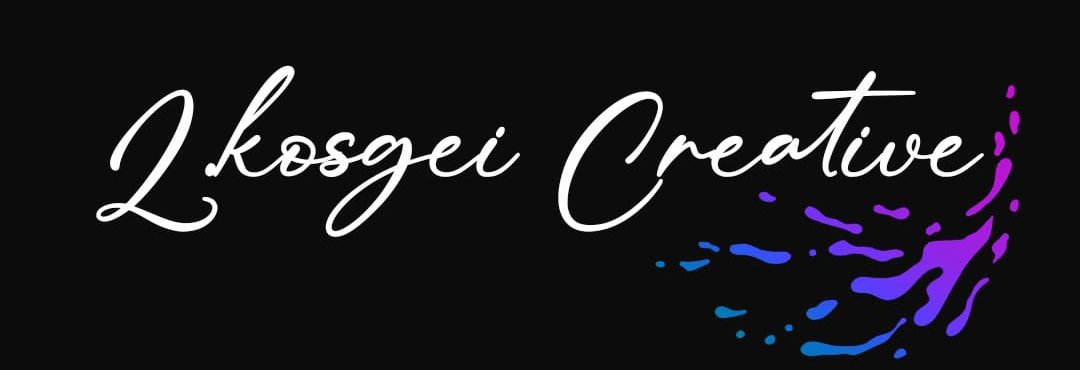Oil painting, with its rich history and tactile nature, might seem like an art form rooted firmly in the past. However, contemporary artists are finding exciting new ways to adapt and innovate within the medium, pushing its boundaries in the digital age.
Contemporary Oil Painters Pushing Boundaries
Today’s oil painters are a diverse group, tackling a wide range of subjects and styles. Some are embracing hyperrealism, creating incredibly detailed and lifelike paintings that blur the line between photography and art. Others are experimenting with abstraction, using bold colors and expressive brushwork to convey emotions and ideas. And many are blending traditional techniques with digital tools, creating truly unique and innovative works.
Here are a few examples of contemporary artists who are pushing the boundaries of oil painting:
- Kehinde Wiley: Wiley is known for his vibrant portraits of African Americans, often placing them in the context of traditional European portraiture. His work challenges notions of power, race, and representation in art.
- Jenny Saville: Saville’s large-scale paintings of the human body, particularly female nudes, are both confrontational and celebratory. She explores themes of physicality, identity, and the objectification of the body.
- Gerhard Richter: Richter’s diverse body of work ranges from photorealistic paintings to abstract works created with squeegees. He constantly experiments with the possibilities of the medium, questioning the nature of painting itself.
The Use of Digital Tools
Digital tools are playing an increasingly important role in the oil painting process. Artists are using software to:
- Create sketches and studies: Digital drawing tools allow artists to quickly experiment with composition, color, and values before picking up a brush.
- Manipulate images: Artists may use digital manipulation to alter photographs or create collages that serve as the basis for their paintings.
- Project images: Projectors can be used to transfer digital images onto the canvas, helping artists with accuracy and scale.
- Document and share their work: Digital cameras and social media platforms allow artists to easily document their process and share their work with a global audience.
Evolution of Themes and Subjects
While traditional oil painting themes like portraiture, landscape, and still life still hold relevance, contemporary artists are also exploring new subjects that reflect the complexities of the 21st century. These include:
- Social and political issues: Artists are using oil paint to address issues such as climate change, social inequality, and identity politics.
- Technology and its impact: The digital age itself is becoming a subject for oil painters, with artists exploring themes of virtual reality, artificial intelligence, and the impact of technology on human experience.
- Personal narratives: Many artists are using oil paint to tell their own stories and explore their personal identities, often with great vulnerability and honesty.
The Impact of Social Media
Social media has had a profound impact on the art world, and oil painting is no exception. Platforms like Instagram, Facebook, and Twitter have:
- Democratized access to art: Artists can now share their work directly with a global audience, bypassing traditional gatekeepers like galleries and museums.
- Created new opportunities for artists: Social media can be a powerful tool for self-promotion, allowing artists to connect with collectors, curators, and other artists.
- Influenced artistic trends: The fast-paced, visual nature of social media can influence the style and content of art, with artists creating work that is designed to be eye-catching and shareable.
- Blurred the lines between art and commerce: Social media has made it easier for artists to sell their work directly to collectors, but it has also raised questions about the role of art in a consumer-driven culture.
